Capturing motion in photography means capturing a sense of movement or activity in a still image. It can be achieved in various ways, such as freezing a moment in time with a fast shutter speed or intentionally creating motion blur with a slow shutter speed.
The goal is to convey a sense of motion or activity to the viewer, making the image more dynamic and visually interesting.
Why it is important and interesting to capture motion
Capturing motion in photography is important and interesting for several reasons. Firstly, it can add a sense of dynamism and energy to an otherwise static image, making it more visually engaging and captivating.
Secondly, it can help tell a story or convey a specific mood or emotion. For example, capturing the blur of a running athlete can convey a sense of speed and determination, while capturing the blur of a waterfall can convey a sense of tranquility and movement. Additionally, capturing motion can also be challenging, requiring technical skill and creative thinking, making it a rewarding and satisfying aspect of photography to master.
Overall, capturing motion in photography can enhance the visual impact of an image and provide a unique and engaging perspective on the world around us.

Photo by depositphotos
The main points that will be covered in the post
In the post, we will cover several main points related to capturing motion in photography:
- Understanding shutter speed and its effect on motion in photography
- Using panning techniques to capture motion
- Freezing motion with fast shutter speeds
- Creating motion blur with slow shutter speeds
Each of these points will include tips and techniques for achieving the desired effect, as well as examples of how to apply them in practice. By the end of the post, readers will have a comprehensive understanding of how to capture motion in their photographs and will be able to experiment with these techniques on their own.
How to Capture Motion in Photography
-
Understanding Shutter Speed
-
Explanation of shutter speed and how it affects motion in photography
Shutter speed refers to the length of time that the camera’s shutter remains open to allow light to enter and expose the camera sensor. In photography, shutter speed plays a crucial role in capturing motion because it determines how much blurry motion or freeze will be present in the image.
When the shutter speed is fast, such as 1/1000th of a second or faster, it freezes motion by capturing a moment in time with little or no motion blur.
This is useful for capturing fast-moving subjects such as sports, wildlife, or action scenes where a sharp image is desired.
On the other hand, when the shutter speed is slow, such as 1/30th of a second or slower, it captures motion blur by allowing the camera to record the movement of the subject over time.
This is useful for creating artistic effects or conveying a sense of motion, such as in waterfall or traffic light trail photography.
It’s important to note that the appropriate shutter speed to use will depend on the subject, lighting conditions, and the desired effect. For example, to freeze the motion of a fast-moving subject, a faster shutter speed will be needed. However, for a slower-moving subject, a slower shutter speed may be appropriate to capture motion blur.
In summary, shutter speed is a key element in capturing motion in photography. By understanding how it works and how to adjust it to your needs, you can create images that convey a sense of motion or freeze a moment in time, depending on your creative vision.
-
Tips for selecting the right shutter speed for capturing motion
Here are some tips for selecting the right shutter speed for capturing motion in photography:
- Know your subject: Understanding the speed and direction of your subject’s movement is critical when choosing the right shutter speed. A fast-moving subject like a sprinter will require a much faster shutter speed than a slower-moving subject like a walking person.
- Consider the lighting conditions: The amount of available light can influence your choice of shutter speed. In low light conditions, you may need to use a slower shutter speed to allow enough light to enter the camera, but this can result in more motion blur. In bright daylight, you can use a faster shutter speed to freeze motion while maintaining good exposure.
- Experiment with different shutter speeds: To find the best shutter speed for your subject, try using a range of different shutter speeds and observe the results. Take multiple shots at different shutter speeds and compare them to see which one captures the desired effect.
- Use aperture-priority mode: If you are not comfortable with full manual mode, try using aperture-priority mode. In this mode, you set the aperture and let the camera automatically choose the appropriate shutter speed based on the available light and subject motion.
- Consider using image stabilization: If you’re shooting with a slower shutter speed and don’t want to introduce a camera shake, consider using a tripod or image stabilization technology in your camera or lens.
By following these tips, you’ll be able to select the right shutter speed for your subject and lighting conditions, allowing you to capture motion in your photographs with precision and creativity.
Examples of how different shutter speeds can affect the same scene
To demonstrate how different shutter speeds can affect the same scene, let’s use an example of a waterfall.
-
Freezing Motion:
When using a fast shutter speed, such as 1/1000th of a second, the camera can freeze the motion of the water droplets, resulting in a sharp image with no visible motion blur. This is ideal if you want to capture the intricate details of the water droplets and the surrounding landscape without any distractions from the motion of the waterfall.
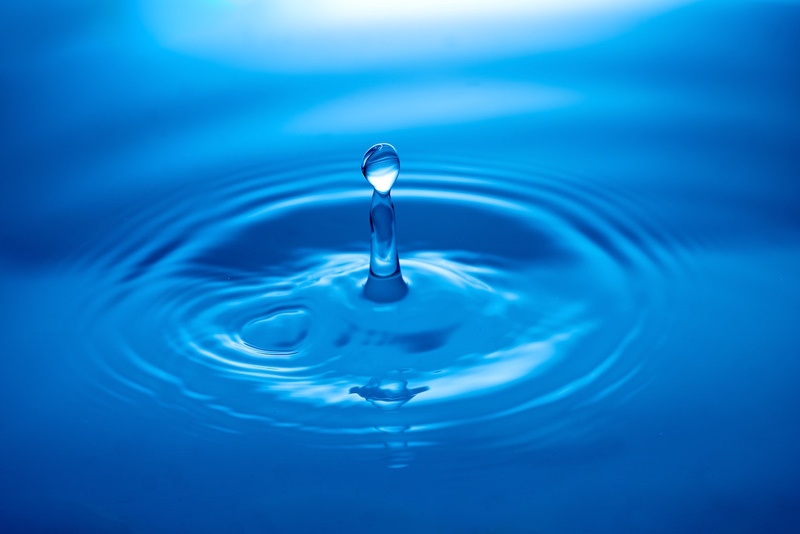
Photo by Pixabay
-
Slightly blurred motion:
To create a sense of motion in the waterfall, you can use a slower shutter speed, such as 1/60th of a second. This will result in slightly blurred water droplets, conveying the movement of the waterfall. This technique is ideal if you want to convey the power and energy of the waterfall while still maintaining a relatively sharp image.
-
Intentional motion blur:
To create a more dramatic effect, you can use an even slower shutter speed, such as 1/2 of a second or longer. This will result in a more significant amount of motion blur, resulting in a more abstract and artistic image. This technique is ideal if you want to convey the flow and movement of the waterfall in a more creative and dynamic way.
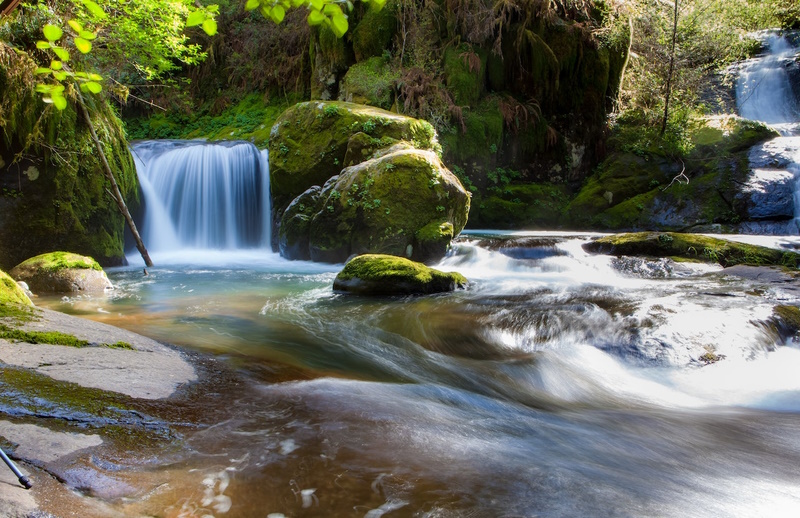
Photo by Chris Larson
-
Panning motion:
Another technique that can be used to convey motion is panning. Panning involves tracking the subject with your camera and using a slower shutter speed to create motion blur in the background while keeping the subject relatively sharp. For a waterfall, you could try panning horizontally to convey the flow of the water across the scene.
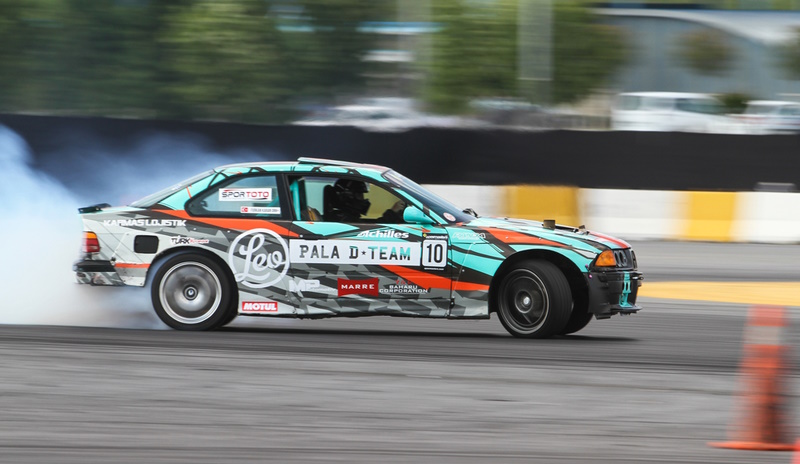
Photo by depositphotos
In conclusion, the selection of the shutter speed can have a significant impact on the resulting image, and experimenting with different shutter speeds is an excellent way to convey different emotions and sensations in photography.
The below table some recommended shutter speeds to capture motions, however, you have to keep in mind that these are just general recommendations, and the actual shutter speed required may vary depending on factors such as lighting conditions, the speed of the subject, and the desired effect.
| Motion | Recommended Shutter Speed |
|---|---|
| Moving car | 1/1000th - 1/500th sec |
| Running person | 1/1000th - 1/500th sec |
| Jumping athlete | 1/2000th - 1/1000th sec |
| Walking person | 1/60th - 1/30th sec |
| Bird in flight | 1/2000th - 1/1000th sec |
| Waterfall | 1/60th - 1/2 sec |
| Splashing waves | 1/500th - 1/250th sec |
| Fireworks | 1-4 sec |
| Swinging pendulum | 1/15th - 1/4th sec |
| Spinning carnival ride | 1/15th - 1/4th sec |
| Dancing crowd | 1/30th - 1/15th sec |
| Cycling race | 1/1000th - 1/500th sec |
| Roller coaster | 1/15th - 1/4th sec |
| Water droplets | 1/1000th - 1/500th sec |
| Skateboarding | 1/1000th - 1/500th sec |
| Basketball player | 1/1000th - 1/500th sec |
| Splashing dog | 1/500th - 1/250th sec |
| Moving train | 1/500th - 1/250th sec |
| Moving escalator | 1/15th - 1/4th sec |
| Busy city street | 1/30th - 1/15th sec |
-
Using Panning Techniques

Photo by Thgusstavo Santana
What is panning and how it can be used to capture motion?
Panning is a technique used in photography to capture a moving subject while conveying a sense of motion and speed. The technique involves following the subject with your camera while using a slower shutter speed to create motion blur in the background while keeping the subject relatively sharp.
To use the panning technique effectively, you need to choose the right shutter speed and use the proper camera technique. Typically, a shutter speed of around 1/30th to 1/60th of a second is ideal for panning, but this can vary depending on the speed of the subject and the desired effect.
To execute the panning technique, you’ll need to:
- Choose your subject and set your camera to shutter-priority mode or manual mode.
- Select a shutter speed that is appropriate for the subject’s speed and the desired effect.
- Follow the subject with your camera as it moves across your field of view.
- Keep the subject in the same position in your viewfinder while following its movement.
- Press the shutter release button while continuing to pan with the subject.
When executed correctly, panning can create a dynamic and visually interesting image that conveys a sense of motion and speed. It’s a technique commonly used in sports photography, street photography, and wildlife photography, but can be applied to any moving subject.
Tips for using panning techniques effectively
Here are some tips for using panning techniques effectively:
- Choose the right shutter speed: As mentioned earlier, choosing the right shutter speed is crucial for effective panning. A shutter speed of around 1/30th to 1/60th of a second is ideal for most situations, but this can vary depending on the speed of the subject and the desired effect. Use trial and error to find the ideal shutter speed for your situation.
- Use continuous autofocus: To keep the subject in focus while panning, it’s best to use continuous autofocus mode. This allows your camera to adjust focus as the subject moves across your field of view.
- Anticipate the subject’s movement: Try to anticipate the movement of the subject to ensure that it stays in the same position in your viewfinder as you pan. This will help you keep the subject in focus and prevent motion blur from ruining your shot.
- Use a monopod or tripod: While panning, it’s important to keep your camera steady to prevent camera shake. Using a monopod or tripod can help you keep your camera stable while panning.
- Practice, practice, practice: Panning is a technique that takes time and practice to master. Don’t be discouraged if your first few attempts don’t turn out as expected. Keep practicing and experimenting with different settings until you achieve the desired result.
- Experiment with different angles and distances: Don’t be afraid to experiment with different angles and distances while panning. Shooting from a low angle or getting close to the subject can create a unique and interesting perspective.
By following these tips and practicing regularly, you’ll be able to use panning techniques effectively and create stunning images that convey a sense of motion and speed.
Examples of panning in action
Here are some examples of panning in action and how to achieve the effect:
- Sports photography: Panning is commonly used in sports photography to capture athletes in motion. To achieve this effect, use a slower shutter speed and follow the athlete with your camera as they move across the field or court. Keep the athlete in the same position in your viewfinder as you pan to create a sharp subject with a blurred background.

Photo by Depositphotos
- Wildlife photography: Panning can also be used in wildlife photography to capture animals in motion. Follow the animal with your camera and use a slower shutter speed to create motion blur in the background while keeping the animal relatively sharp.
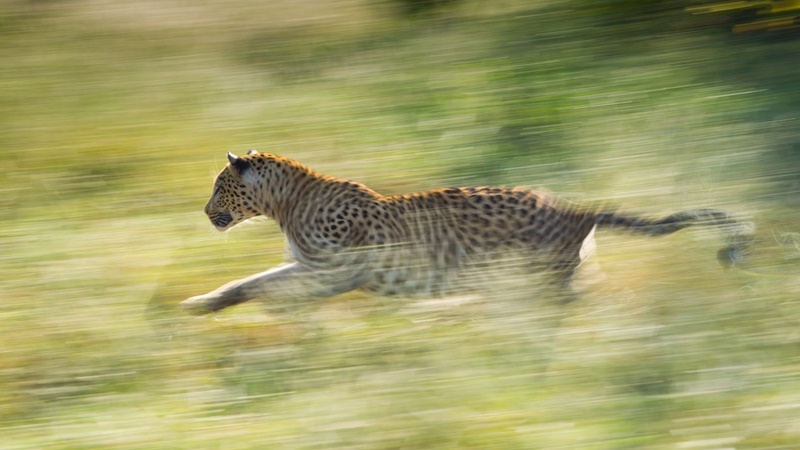
Photo by Depositphotos
- Street photography: Panning can be used in street photography to capture the hustle and bustle of city life. Follow a person or vehicle with your camera and use a slower shutter speed to create motion blur in the background while keeping the subject sharp.
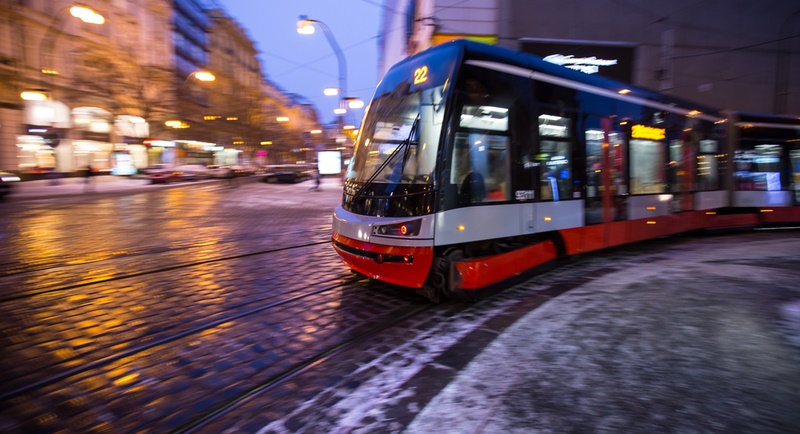
Photo by Depositphotos
- Cycling photography: Panning can be used to capture the motion of a cyclist as they ride past you. Use a slower shutter speed and follow the cyclist with your camera, keeping them in the same position in your viewfinder as you pan. This will create a sharp cyclist with a blurred background, conveying a sense of speed.

Photo by Depositphotos
- Car racing photography: Panning is commonly used in car racing photography to capture the speed and motion of the cars on the track. Follow the car with your camera and use a slower shutter speed to create motion blur in the background while keeping the car sharp.

Photo by Daniel
To achieve the panning effect, you need to choose the right shutter speed and use the proper camera technique. Remember to practice regularly and experiment with different settings to achieve the desired result. With time and practice, you’ll be able to use panning techniques effectively and create stunning images that convey a sense of motion and speed.
III. Freezing Motion with Fast Shutter Speeds

Photo by Guy Kawasaki
How to freeze motion with fast shutter speeds
Freezing motion with fast shutter speeds is another technique in capturing motion in photography. Here’s an explanation of how to achieve this effect:
- Choose the right shutter speed: To freeze motion, you need to use a fast shutter speed. The exact speed required will depend on the speed of the subject and the amount of movement you want to freeze. A general rule of thumb is to use a shutter speed of at least 1/500th of a second for faster-moving subjects like athletes or wildlife. For slower-moving subjects like people walking, a shutter speed of around 1/125th of a second may be sufficient.
- Use burst mode: Burst mode, also known as continuous shooting mode, allows you to take multiple shots in quick succession. This is useful when trying to capture a specific moment of motion, such as a basketball player jumping to make a shot. By using burst mode, you increase your chances of capturing the perfect moment.
- Use a fast lens: A fast lens with a wide aperture allows more light into the camera, which helps you to use faster shutter speeds. A lens with a wide aperture, like f/1.8 or f/2.8, can also create a shallow depth of field, which can help to isolate your subject and create a sense of movement.
- Use high ISO settings: In low-light situations, you may need to use higher ISO settings to achieve fast shutter speeds. However, be aware that high ISO settings can introduce noise into your images, which can affect image quality.
- Anticipate the subject’s movement: To capture a specific moment of motion, you need to anticipate the subject’s movement. For example, if you want to capture a runner crossing the finish line, you need to be ready to take the shot at the right moment.
By following these tips and practicing regularly, you’ll be able to freeze motion effectively and create stunning images that capture a specific moment in time.
Tips for choosing the right shutter speed and other settings
When it comes to choosing the right shutter speed and other settings to capture motion in photography, here are some tips to keep in mind:
- Determine the speed of the subject: The speed of the subject you want to capture is a crucial factor in determining the right shutter speed. A faster-moving subject, like a bird in flight or a sprinter, will require a faster shutter speed than a slower-moving subject, like a person walking.
- Consider the direction of motion: The direction of motion can also affect the shutter speed you need. If the subject is moving directly towards or away from you, you may be able to use a slower shutter speed than if the subject is moving across your field of view.
- Use aperture priority mode: Aperture priority mode allows you to set the aperture and the camera will automatically adjust the shutter speed to achieve correct exposure. This is useful when you want to control the depth of field but still want the camera to determine the correct shutter speed.
- Use manual mode: If you prefer to have full control over both aperture and shutter speed, use manual mode. This allows you to set both settings independently and fine-tune them to achieve the desired effect.
- Use a tripod: When using slower shutter speeds, it’s important to use a tripod or other stabilizing device to avoid a camera shake. Camera shake can result in blurred images, which can ruin the effect you’re trying to achieve.
- Use high-speed burst mode: High-speed burst mode allows you to capture multiple images in quick succession, which can increase your chances of capturing the perfect moment.
- Practice and experiment: The best way to master the art of capturing motion in photography is to practice regularly and experiment with different settings. Try different shutter speeds, apertures, and other settings to see what works best for the type of motion you want to capture.
By keeping these tips in mind and practicing regularly, you’ll be able to capture motion effectively and create stunning images that convey a sense of speed and movement.
Examples of frozen motion in action
Here are some examples of frozen motion in action, along with explanations of how to achieve the effect:
-
Sports photography:
Capturing athletes in motion is a classic example of frozen motion. To achieve this effect, you’ll need to use a fast shutter speed of at least 1/500th of a second or higher, depending on the speed of the athlete and the amount of motion you want to freeze. Use burst mode to capture multiple images in quick succession and increase your chances of capturing the perfect moment.
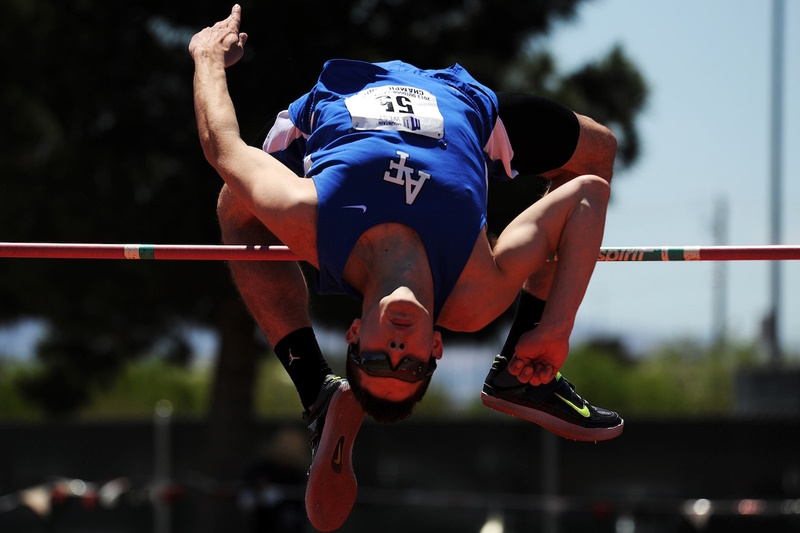
Photo by Pixabay
-
Wildlife photography:
Photographing animals in motion, like birds in flight, also requires a fast shutter speed to freeze the action. Again, use burst mode and a fast lens with a wide aperture to help achieve a shallow depth of field and isolate the subject from the background.

Photo by Magda Ehlers
-
Action photography:
Capturing action shots like skateboarders, dancers or any other fast-moving subjects requires a fast shutter speed and quick reflexes. Use a fast lens and burst mode to capture the movement, and anticipate the subject’s movement to ensure you capture the perfect moment.

Photo by Pavel Danilyuk
-
Splash photography:
If you’re photographing water splashing, like waves crashing on a beach or someone jumping into a pool, you’ll need to use a fast shutter speed to freeze the action. A shutter speed of 1/1000th of a second or faster is recommended. Use burst mode and experiment with different angles to capture the perfect moment.
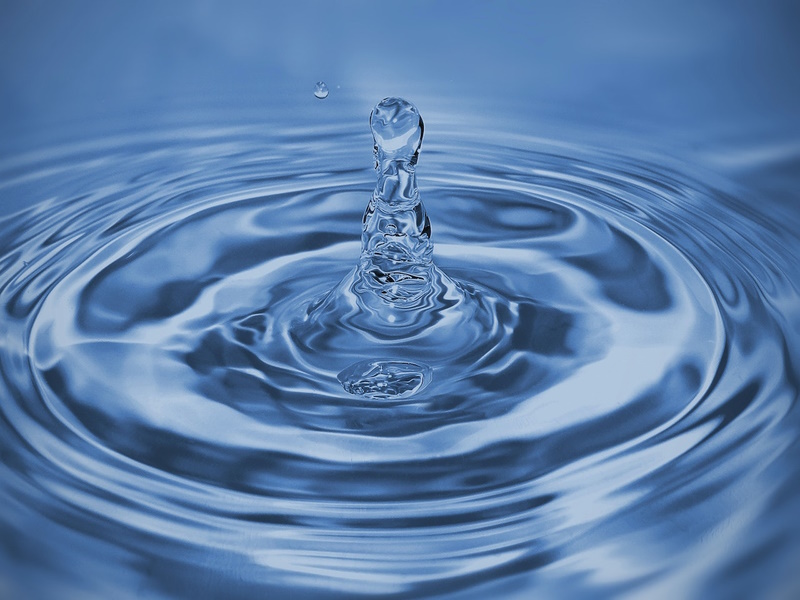
Photo by Aleksandr Slobodianyk
-
Macro photography:
Even in macro photography, you may need to freeze motion, especially if you’re photographing insects or other small creatures in motion. Use a fast shutter speed and burst mode to capture the movement, and experiment with different lighting and angles to create stunning images.

Photo by Katie Burandt
In all of these examples, using a fast shutter speed is key to achieving the frozen motion effect. Additionally, using burst mode can increase your chances of capturing the perfect moment, while using a fast lens and anticipating the subject’s movement can help you create more dynamic and engaging images.
Creating Motion Blur with Slow Shutter Speeds

Photo by Magda Ehlers
How to create motion blur with slow shutter speeds
Creating motion blur with slow shutter speeds is a technique that can add a sense of movement and dynamism to your photos. Here’s how to do it:
- Choose the right shutter speed: To create motion blur, you’ll need to use a slow shutter speed, usually somewhere between 1/30th and 1/4th of a second or longer. The exact shutter speed you choose will depend on the speed of the subject and the amount of blur you want to capture. Experiment with different shutter speeds to find the right one for your scene.
- Use a tripod: When shooting with slow shutter speeds, any movement of the camera can create unwanted blur in the image. To avoid this, use a tripod or other stable support to keep your camera steady.
- Follow the subject: To create an interesting motion blur effect, you’ll need to move the camera along with the subject. This technique is often used in panning shots, where the camera moves horizontally along with a moving subject. To achieve this effect, you’ll need to keep the subject in the same position in the frame throughout the exposure, while moving the camera in the same direction as the subject.
- Experiment with different angles: Motion blur can be created in many different ways, so don’t be afraid to experiment with different camera angles and techniques. For example, you can create vertical motion blur by moving the camera up or down during the exposure, or you can create circular motion blur by rotating the camera on its axis.
- Combine with other techniques: Motion blur can be combined with other techniques, such as flash or HDR, to create more dynamic and interesting images. For example, you can use a slow shutter speed to create motion blur in the background of an image, while using flash to freeze the subject in the foreground.
Overall, creating motion blur with slow shutter speeds can be a fun and creative technique to experiment with in your photography. Just remember to use a tripod or other stable support to keep your camera steady, and to experiment with different shutter speeds and camera movements to achieve the desired effect.
Tips for choosing the right shutter speed and other settings
When creating motion blur with slow shutter speeds, there are a few key settings to consider in addition to shutter speed. Here are some tips for choosing the right shutter speed and other settings:
- Aperture: When using slow shutter speeds, you may need to use a smaller aperture (higher f-stop number) to avoid overexposing the image. This can also help increase the depth of field in your image, keeping more of the scene in focus.
- ISO: In low light conditions, you may need to increase your ISO to maintain a proper exposure with a slow shutter speed. However, keep in mind that higher ISOs can introduce digital noise and reduce image quality.
- White balance: Consider adjusting your white balance to match the lighting conditions in your scene. For example, if shooting in artificial light, you may want to use a warm white balance to avoid a blue color cast.
- Focus: When shooting with slow shutter speeds, it’s important to ensure that your subject remains in focus throughout the exposure. Consider using manual focus or continuous autofocus to keep the subject sharp.
- Experiment: As with any photography technique, experimentation is key to finding the right settings for your scene. Try different combinations of shutter speed, aperture, ISO, and other settings to achieve the desired effect.
Overall, the key to creating motion blur with slow shutter speeds is to balance your settings to achieve a proper exposure while still capturing the desired amount of motion blur. Don’t be afraid to experiment and try different settings to find what works best for your scene.
Examples of motion blur in action
Here are some examples of motion blur in action and how to achieve the effect:
-
Waterfalls:
To capture the smooth, flowing motion of waterfalls, you can use a slow shutter speed of 1/4 to 1 second or longer. Use a tripod to keep the camera steady, and use a neutral density filter if needed to reduce the amount of light entering the camera.

Photo by Quang Nguyen Vinh
-
Car headlights and taillights:
To capture the streaks of light created by moving cars at night, use a slow shutter speed of 5-30 seconds. Set up your camera on a tripod or stable surface, and use a remote trigger or self-timer to avoid camera shake.

Photo by Sơn Bờm
-
Running or moving subjects:
To capture the motion of a person or animal in motion, use a slow shutter speed of 1/15 to 1/60 second. Follow the subject with your camera while shooting, and try to keep the subject relatively sharp while blurring the background.

Photo by Depositphotos
-
Light painting:
To create unique and abstract images, use a slow shutter speed of several seconds or longer and move a light source around the frame. This can create streaks of light and interesting patterns.
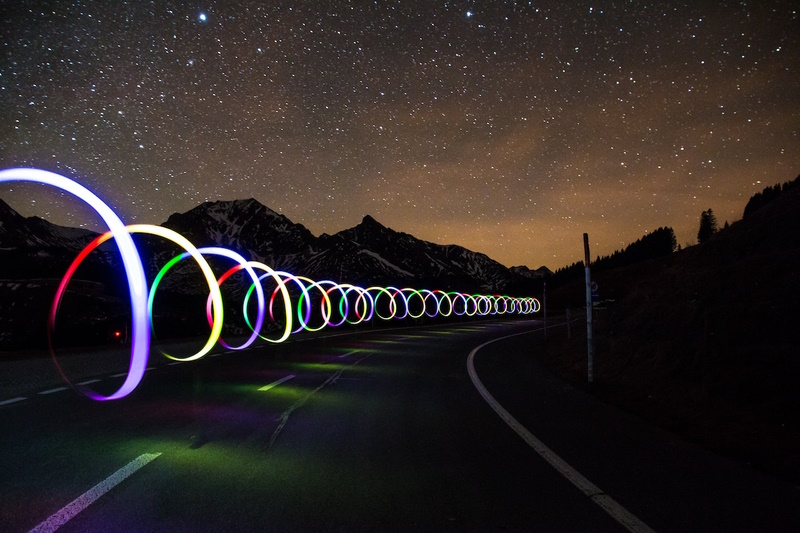
Photo by Pixabay
-
Fireworks:
To capture the colorful explosions of a fireworks display, use a slow shutter speed (e.g. 1-3 seconds) and a tripod to keep the camera steady. Use a remote trigger or cable release to minimize camera shake and ensure sharp images.
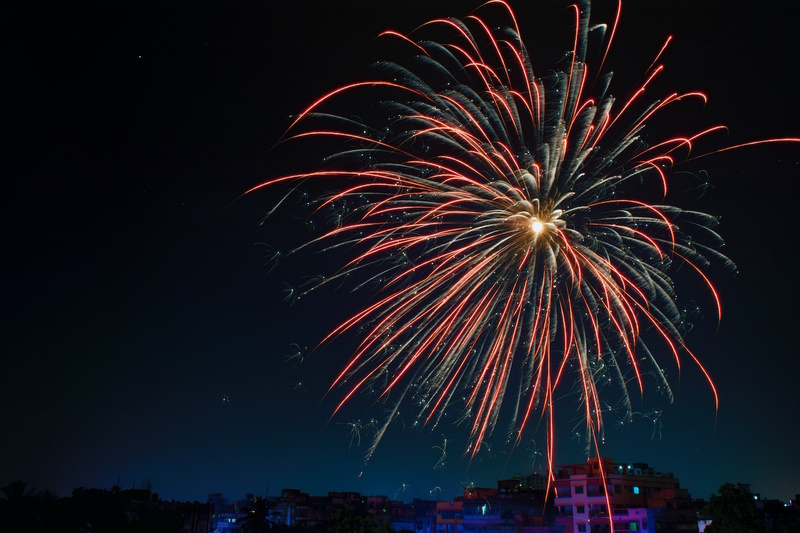
Photo by Suvan Chowdhury
-
Carousel rides:
To capture the spinning motion of a carousel ride, use a slow shutter speed (e.g. 1/15 to 1/30 second) and a tripod to keep the camera steady. Aim the camera at the center of the ride and use a wide-angle lens to capture the full motion.

Photo by Pixabay
When using slow shutter speeds to create motion blur, it’s important to keep the camera steady to avoid unintended blur from camera shake. A tripod or stable surface can help with this. Additionally, you may need to adjust your aperture and ISO to achieve proper exposure, depending on the lighting conditions. Finally, don’t be afraid to experiment and try different settings to achieve the desired effect!
Conclusion
To recap, in this post we covered the following main points:
- The importance and interest in capturing motion in photography
- Shutter speed and how it affects motion in photography
- Tips for selecting the right shutter speed for capturing motion
- Examples of how different shutter speeds can affect the same scene
- Panning and how it can be used to capture motion
- Tips for using panning techniques effectively
- Examples of panning in action, with explanations of how to achieve the effect
- Freezing motion with fast shutter speeds
- Tips for choosing the right shutter speed and other settings
- Examples of frozen motion in action
- Creating motion blur with slow shutter speeds
- Tips for choosing the right shutter speed and other settings
- Examples of motion blur in action, with explanations of how to achieve the effect
By incorporating these tips and techniques into your photography, you can capture compelling images that convey a sense of motion, energy, and emotion. Remember to experiment, try new things, and have fun with your photography!
Related posts
Long Shutter Speed Photography – How To Apply It?
Slow Shutter Speed Photography Ideas
How To Use Burst Mode In Photography
Best Digital Camera For Action Shots – The Top 5 List!
Light Painting Photography Technique
How To Shoot Sports Photography- Tips & Gear Recommendations
What Is Shutter Speed In Photography
Bird Photography – Step By Step Guide
The Art Of Taking A Panning Shot
Photographing Waterfall Tutorial- Tips & Equipment You Should Use
Fast Shutter Speed Photography – Most Important Things To Consider
Thanks for reading, I hope you enjoyed the article, in case you have any questions just drop them below & I will be happy to answer you.
The feature Photo by Pixabay
If you enjoy the site, don’t forget to subscribe, we will only inform you when a new article is posted.






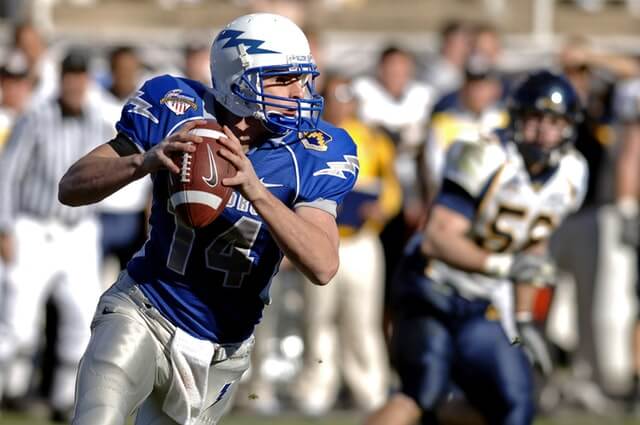

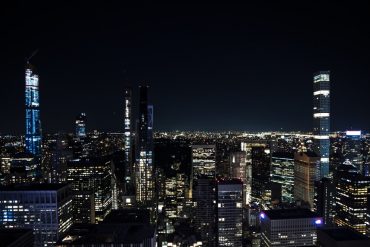
The article provides a detailed and informative guide on capturing motion in photography. It covers various techniques, including panning, using long exposures, and freezing motion, along with their advantages and limitations. The article also discusses the importance of selecting the right shutter speed and aperture for capturing motion in different scenarios.
The inclusion of practical tips and examples throughout the article makes it easy for beginners and advanced photographers alike to understand and apply the concepts discussed. The article also provides useful insights into the role of composition and lighting in capturing motion, which adds depth to the discussion.
Overall, the article is well-written and informative, and I would recommend it to anyone looking to enhance their photography skills, particularly in capturing motion.
Thank you for your thoughtful comment! I’m glad you found the article helpful and informative. It’s great to hear that the practical tips and examples were useful for both beginners and advanced photographers. Capturing motion in photography can be challenging, but with the right techniques and understanding of shutter speed, aperture, composition, and lighting, it can lead to stunning results.
I appreciate your recommendation and hope that the article continues to inspire and assist photographers in their journey to capture motion effectively. If you have any further questions or suggestions, please feel free to share them. Happy shooting!
Photography is an art form that involves unique abilities, including capturing motion.
Stunning photos that capture the subject’s beauty and action can be created with the right skills and equipment.
Your topic is how to photograph moving subjects using a variety of shutter speeds, focal lengths, and other techniques.
You talk about how to improve your photography skills as well.
By following these criteria, you can take breathtaking photos that adequately capture the motion you have demonstrated in your article.
Thank You For Sharing
Elke
Thank you for your kind words, Elke. Keep practicing and experimenting with different techniques to capture stunning photos of moving subjects.